Ornate stately homes in London: Visit these 10 historic houses
London is filled with stately homes which preserve the city’s architectural heritage and provide a window into the past lives of the nobility. But now the doors are open to these special places, with many having been converted into museums, allowing the public access to these magnificent properties. This post covers 10 amazing stately homes in London.
Visiting a historic home in London is the perfect day out for any history lover, and can be combined with one of the city’s fascinating London history tours for even more of the story.
This post covers stately homes in London, but there are many more wonderful house museums to visit in the city. Find out more about the characterful and quirky house museums which offer an insight into the owner’s lives, or visit one of these 4 modernist houses in London.
Ham House
Ham House, located in Richmond upon Thames, is a wonderful stately home with rich history based in the Stuart era. Originally built in 1610, Ham House’s impressive brick facade was home to William Murray and has fascinating links to the English Civil War.
The interiors of Ham House are ornate and fascinating, with the basement holding arguably the nation’s first bathroom—a purpose-built space for bathing.
Furthermore, the estate holds a formal lawn which blooms with purple crocus in the spring, and a lavender garden buzzing with honeybees in the summer. A kitchen garden grows flowers and vegetables for the charming cafe which is clad purple with wisteria in the spring. Ham House is gorgeous in every season, and is a wonderful thing to do while in Richmond.
Situated on the banks of the River Thames, Ham House is easily accessible by train, with Richmond Station being the closest. From there, a short walk or bus ride leads visitors to the estate's entrance.
Ham House is managed by the National Trust and is free with a membership or with the National Art Pass.
Osterley Park
Built in the mid-18th century, Osterley Park is a treasure of neoclassical architecture. Although it looks unassuming from the facade, its wonderful interiors were designed by Robert Adam, the most renowned of his day.
Sir Francis Child hired Robert Adam to transform the house from a Tudor building to the opulent party house built for entertaining the elite of the 18th century.
The interiors of Osterley Park feature intricate plasterwork and neoclassical motifs in pastel colours. My favourite is the Etruscan dressing room with its fabulous antique designs repeated in the pattern on the wall.
Located in Isleworth, West London, Osterley Park is accessible from Osterley tube station on the Piccadilly Line. From there, a short walk leads visitors to the estate.
Osterley Park is managed by the National Trust and is free with a membership or with the National Art Pass.
Eltham Palace
Combining medieval grandeur with Art Deco elegance, Eltham Palace is a unique gem in London's stately home collection because it stands alone as a modernist house museum. Originally a royal residence dating back to the 14th century, it was later transformed into an Art Deco masterpiece by the eccentric millionaire couple, Stephen and Virginia Courtauld, in the 1930s.
The highlights of Eltham Palace include the stunning entrance hall, adorned with an impressive dome ceiling, and the gold-leaf art deco bathroom which is striking in its modern design. Don’t miss the medieval Great Hall, which has been beautifully restored.
Situated in South East London, Eltham Palace is accessible by train and bus. Eltham Station is the nearest rail link, followed by a short walk or bus journey to the palace grounds.
Eltham Palace is maintained by English Heritage so is free for members, as well as those with a National Art pass.
Apsley House
Apsley House, also known as Number 1 London, stands as an iconic landmark at the edge of Hyde Park. Constructed by Robert Adam in the 1770s, this stately home was bought by the first Duke of Wellington. Its historical significance lies in being the residence of the legendary military leader, who famously defeated Napoleon Bonaparte at the Battle of Waterloo in 1815.
The house's interiors are a testament to the Duke's illustrious military career and artistic appreciation. Visitors can marvel at an impressive collection of paintings, gifts from foreign dignitaries, and priceless artifacts. The stunning Wellington Museum within Apsley House provides an insight into the life and times of the Duke and showcases memorabilia from his momentous victory.
Apsley House is centrally located, making it easily accessible by public transport. Hyde Park Corner and Knightsbridge Underground stations are the closest, with a short walk leading to the entrance of the stately home.
Apsley House is maintained by English Heritage so is free for members, as well as those with a National Art pass.
Spencer House
Situated amidst the bustling streets of St James's, Spencer House is an exquisite stately home steeped in aristocratic history. Built in the 18th century for the first Earl Spencer, it has since remained the London residence of the Spencer family, famously known for their kinship with the late Princess Diana.
The house is renowned for its opulent interiors, featuring lavish staterooms adorned with elaborate stucco ceilings, gilded ornaments, and intricately designed marble fireplaces. Visitors are captivated by the magnificence of the Palm Room, where the grandeur of the architecture is complemented by a splendid art collection.
To reach Spencer House, visitors can conveniently use public transport, with Green Park and Hyde Park Corner Underground stations located within walking distance.
As Spencer House operates as a private events venue, the availability for public tours might be limited. The National Art Pass provides 50% off entry.
The Wallace Collection
Tucked away within an elegant townhouse in the charming neighbourhood of Marylebone, the Wallace Collection is a haven for art enthusiasts. A generous gift from Lady Wallace to the British nation in 1897 established this extraordinary collection, which showcases masterpieces of Baroque and Rococo decorative arts and paintings.
The Wallace Collection boasts an impressive selection of Old Master paintings, luxurious 18th-century French furniture, and a fascinating array of porcelain and arms and armour. The museum's Great Gallery features dozens of significant paintings by Rubens, Rembrandt and more.
Conveniently situated within a short stroll from Bond Street and Oxford Circus Underground stations, the Wallace Collection is easily accessible via public transport, making it an enticing destination for both locals and tourists.
Best of all, the Wallace Collection is completely free, making it one of the best small museums in London.
Kenwood House
Perched on the edge of Hampstead Heath, Kenwood House is an architectural marvel with a rich history that dates back to the early 17th century. Renowned architect Robert Adam transformed the house in the 18th century into the neoclassical gem that it is today.
Visitors to Kenwood House are treated to a remarkable collection of art, including paintings by great masters such as Vermeer, Rembrandt, and Turner. The opulent interiors are complemented by elegant furniture and exquisite plasterwork, providing an immersive experience into the world of Georgian elegance.
Kenwood House is in North London and can be a bit of a trek to get to. The nearest tube stations are Highgate or Golders Green, followed by a long walk or bus ride.
Kenwood’s location in Hampstead Heath means that it is built for natural vistas, so enjoying nature while here is a must. It’s special in the Autumn.
Entry to Kenwood House is free of charge, thanks to its management by English Heritage.
Chiswick House
Designed by the influential architect Lord Burlington, Chiswick House represents a key milestone in the evolution of English Palladian architecture. Built in the early 18th century, this stately home holds immense historical significance as a prominent example of neoclassical design and taste during the Enlightenment period.
The main highlights of Chiswick House include the breathtaking Ionic temple, the opulent Blue Velvet Room, and the stunning gardens designed by William Kent.
The interior is not as ornate as other stately homes as it does not hold the furniture and decorative arts that many other stately homes do. However the architectural design of the house is so impressive.
The gardens are extensive and function as a community park in the area. Several classical temples dot the landscape, as well as ornamental bridges and waterways.
A greenhouse shelters prized camellia plants which are a must-see during springtime in London.
Located in West London, Chiswick House is easily accessible via public transport, with Turnham Green Underground station nearby. Alternatively, take a picturesque walk along Chiswick Mall from Hammersmith Bridge to enjoy a day out in Chiswick.
Chiswick House grounds are free for all and members of English Heritage and Art Fund can enter for free.
Ranger's House
Sitting atop Greenwich Park, Ranger's House is an elegant Georgian villa with a fascinating past. Originally built in the early 18th century, the house was later used as the official residence of the Park Ranger.
It is famous as the facade of the Bridgerton’s house in the Netflix series, in which it is bedecked with wisteria and pink roses.
The house is filled with fabulous fine art from Renaissance and Dutch painters as well as French decorative arts. The Wernher Collection, housed within Ranger's House, is a treasure trove of exquisite jewelry, decorative arts, and armour.
To reach Ranger's House, visitors can take public transport to Greenwich and enjoy a leisurely stroll through the beautiful park.
Admission is free for English Heritage or National Art Pass holders.
Queen's House
A masterpiece of classical architecture, the Queen's House in Greenwich is a captivating stately home commissioned by Anne of Denmark, the queen of King James I. Designed by the renowned architect Inigo Jones in the early 17th century, the house is a pioneering example of Palladianism in English architecture.
The most stunning element of the Queen’s House is the Tulip Staircase, an architectural marvel considered one of the first geometric self-supporting spiral staircases in Britain.
Situated in Greenwich, the Queen's House is easily accessible from the Greenwich and Cutty Sark DLR stations within walking distance.
Entry to the Queen's House is free of charge, allowing visitors to explore this architectural gem and appreciate the art and history it preserves.
In conclusion, London is home to an impressive array of stately homes, each with its own unique history, architectural style, and artistic treasures. Whether you're an art aficionado, history buff, or simply seeking an escape into the elegance of the past, these stately homes offer an enriching and unforgettable experience.

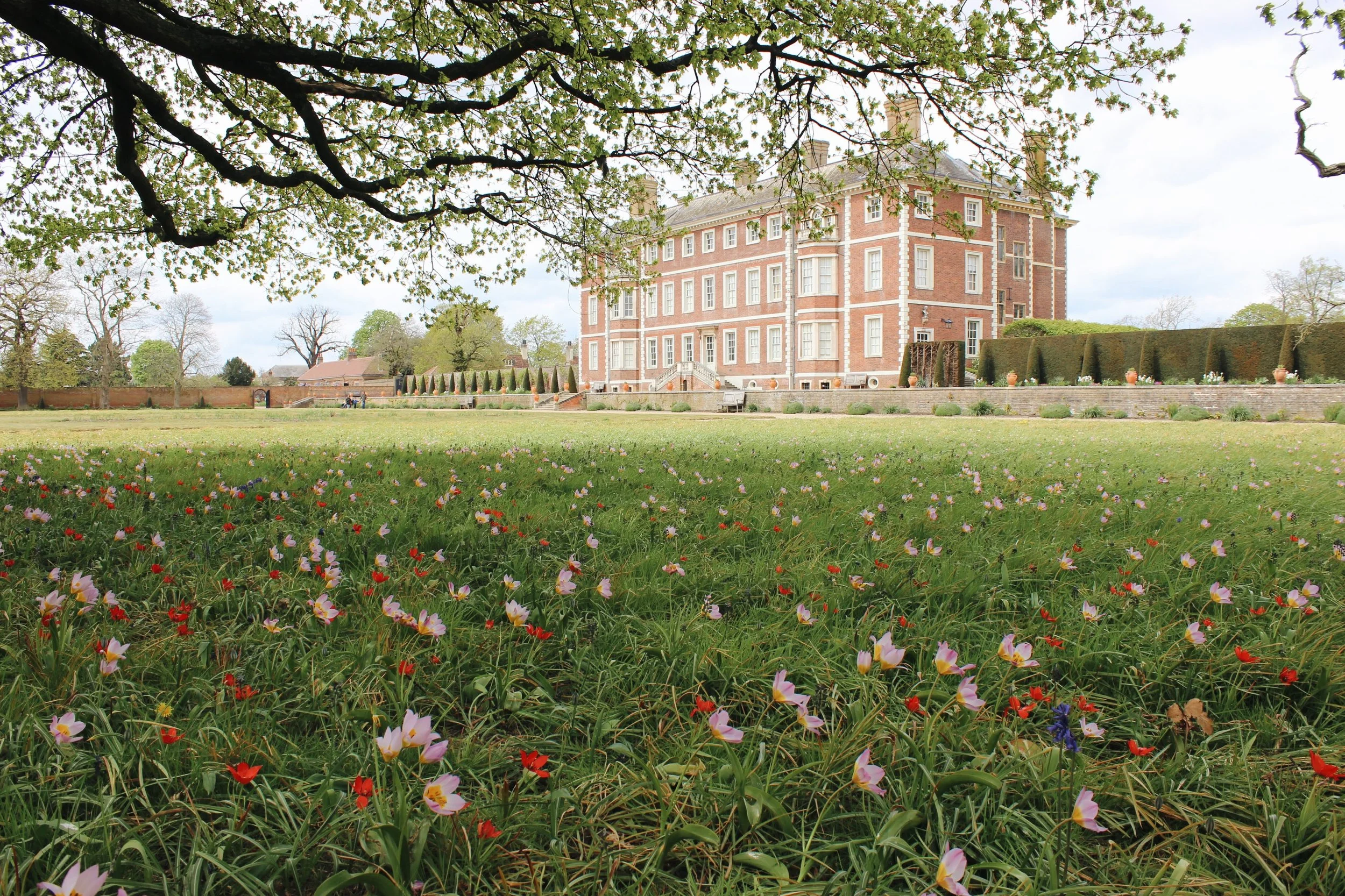
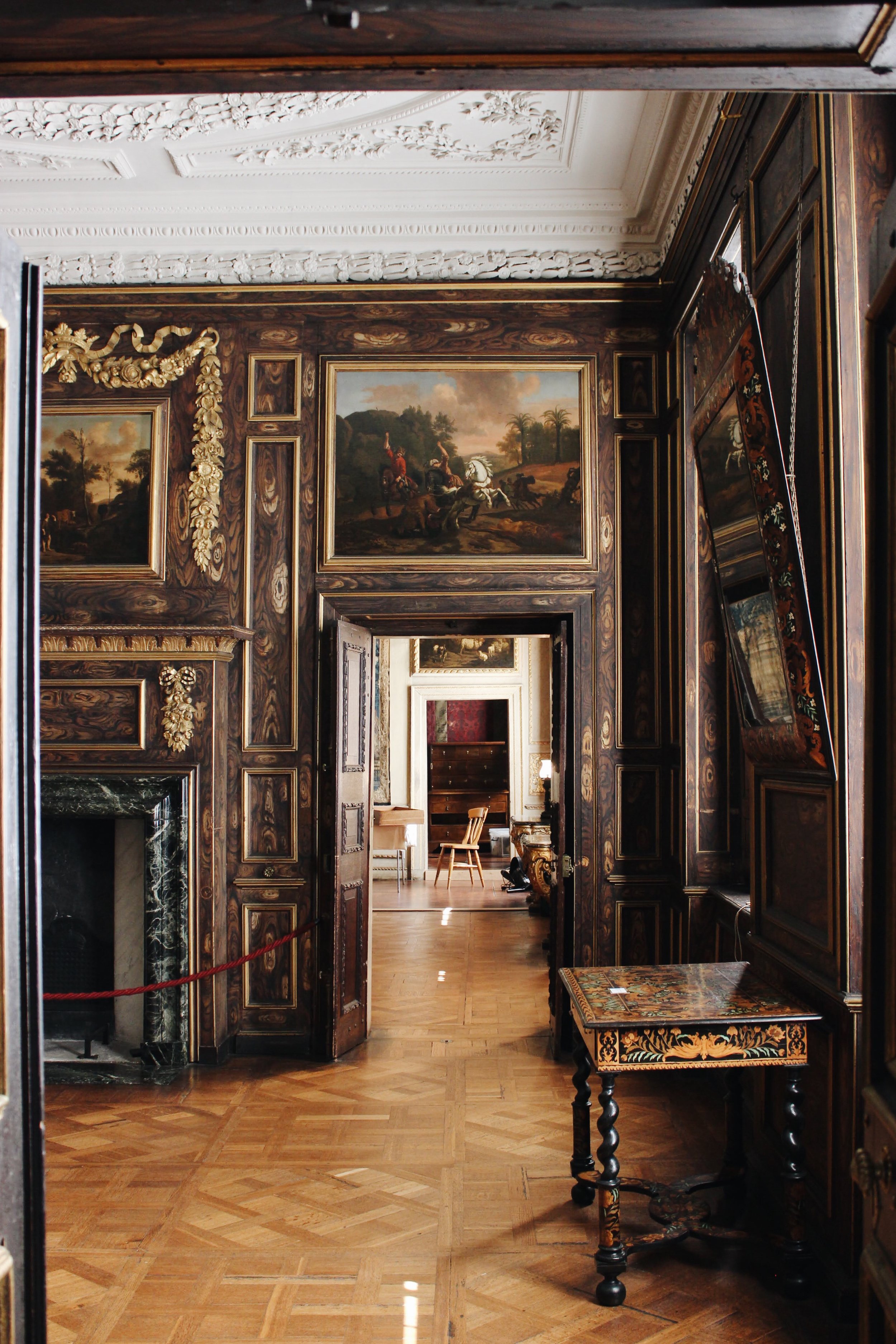
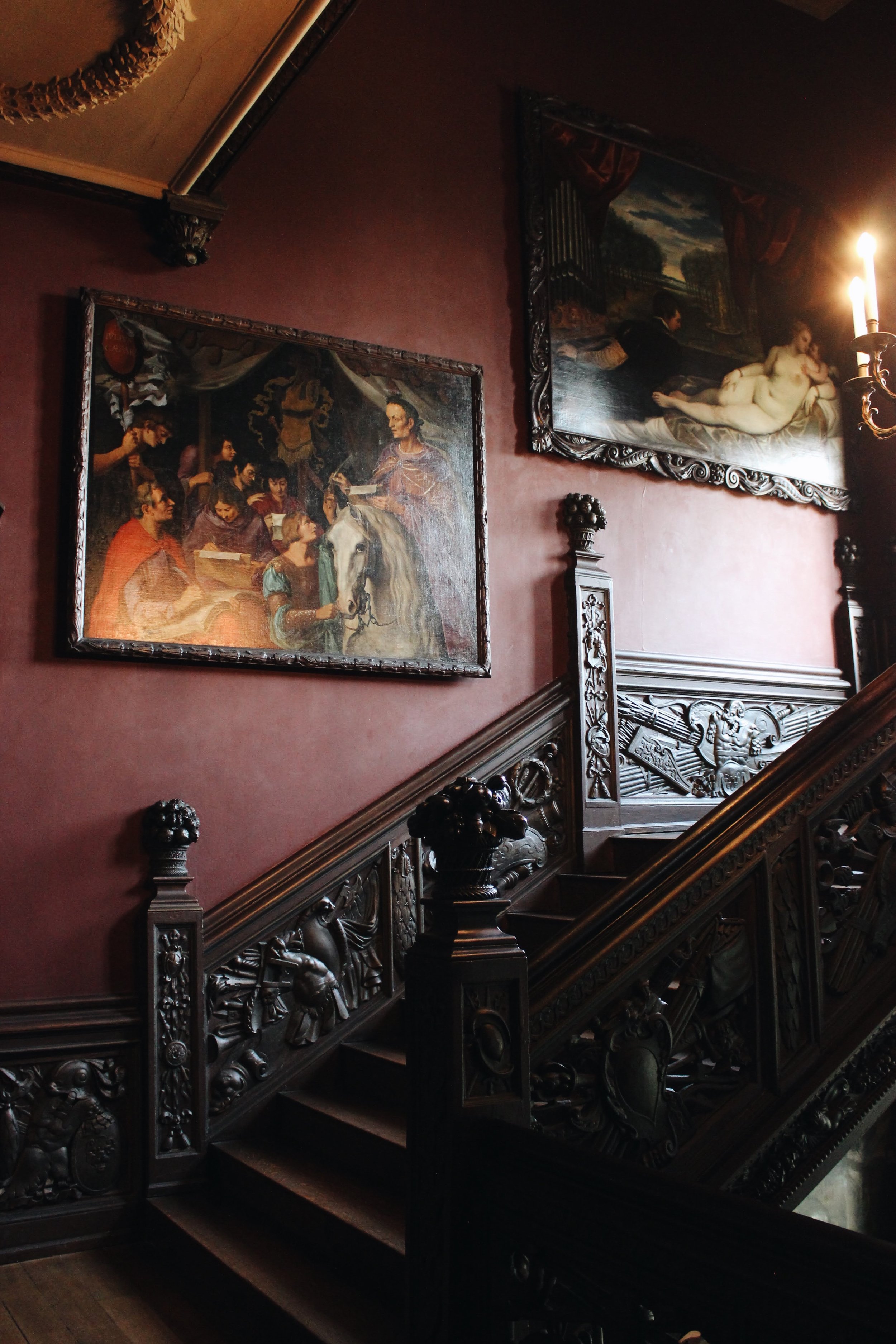
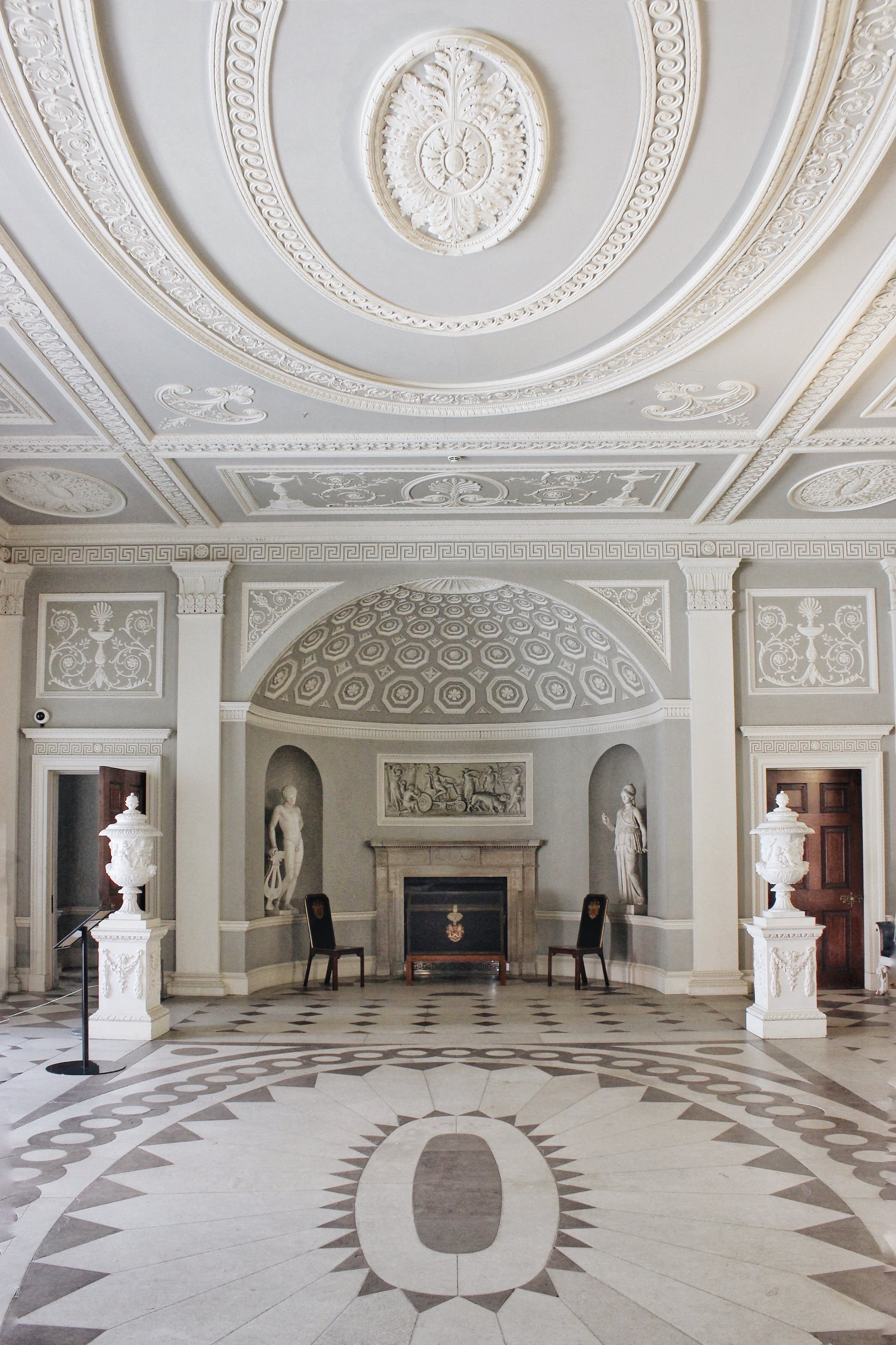
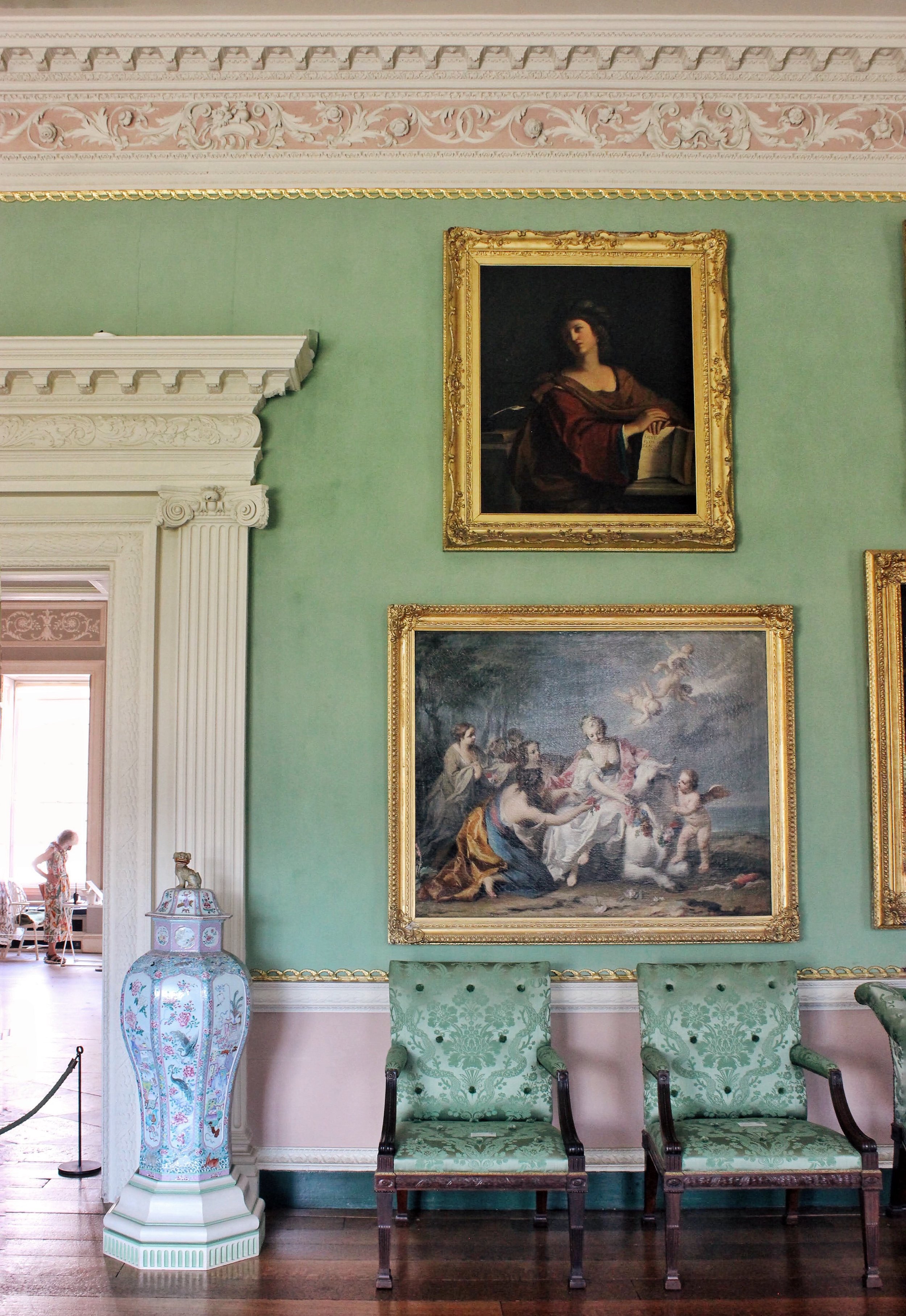

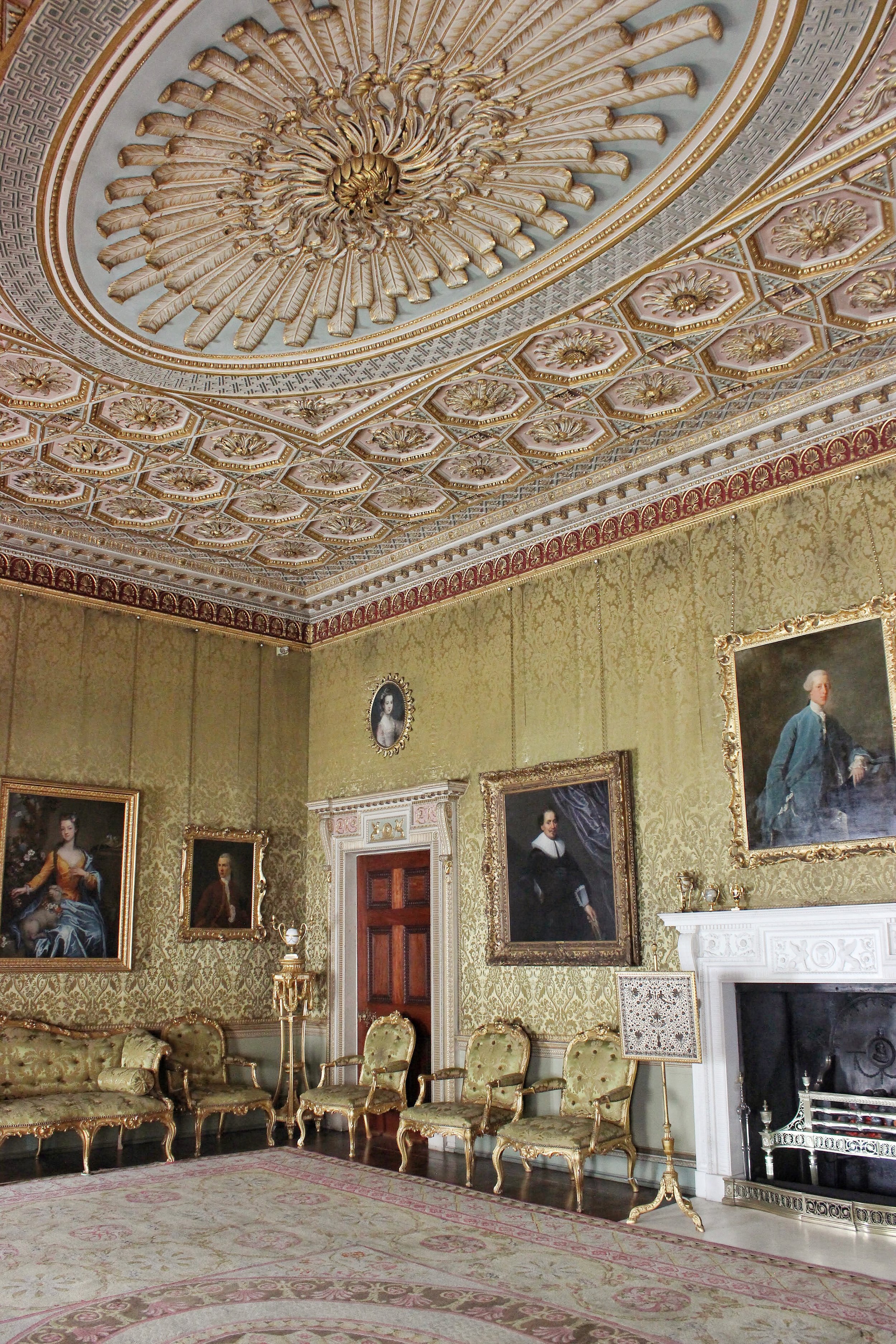
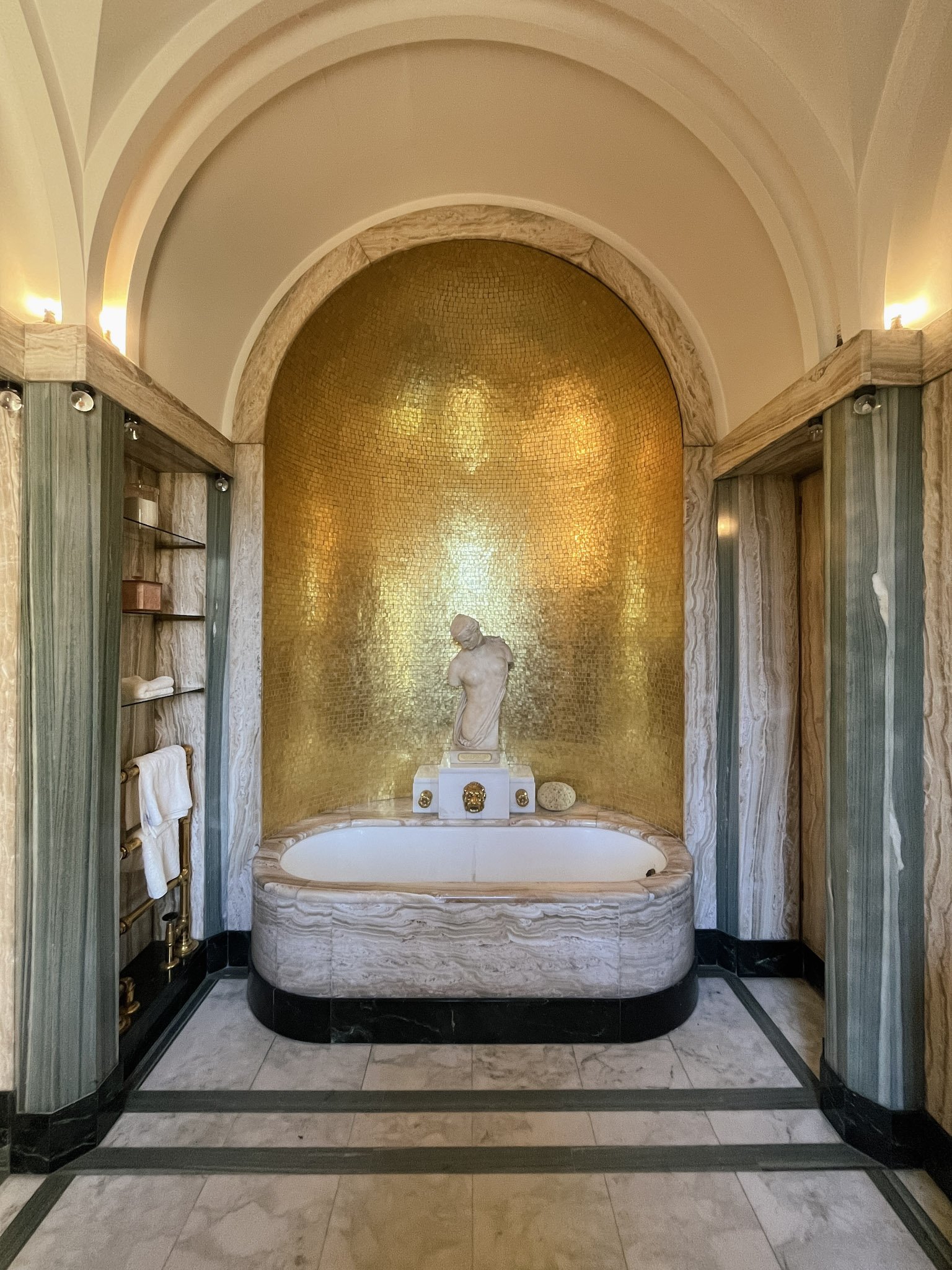
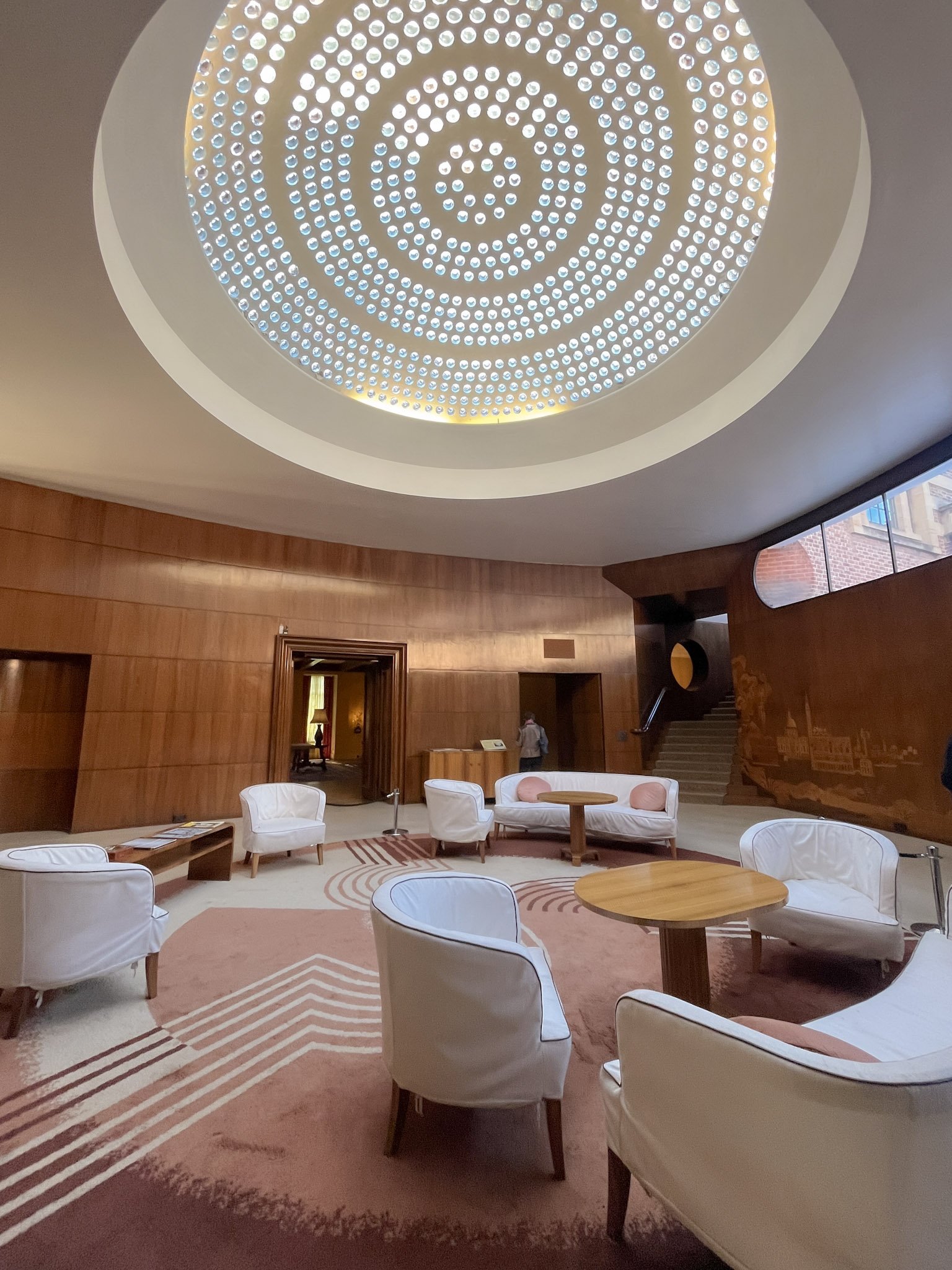
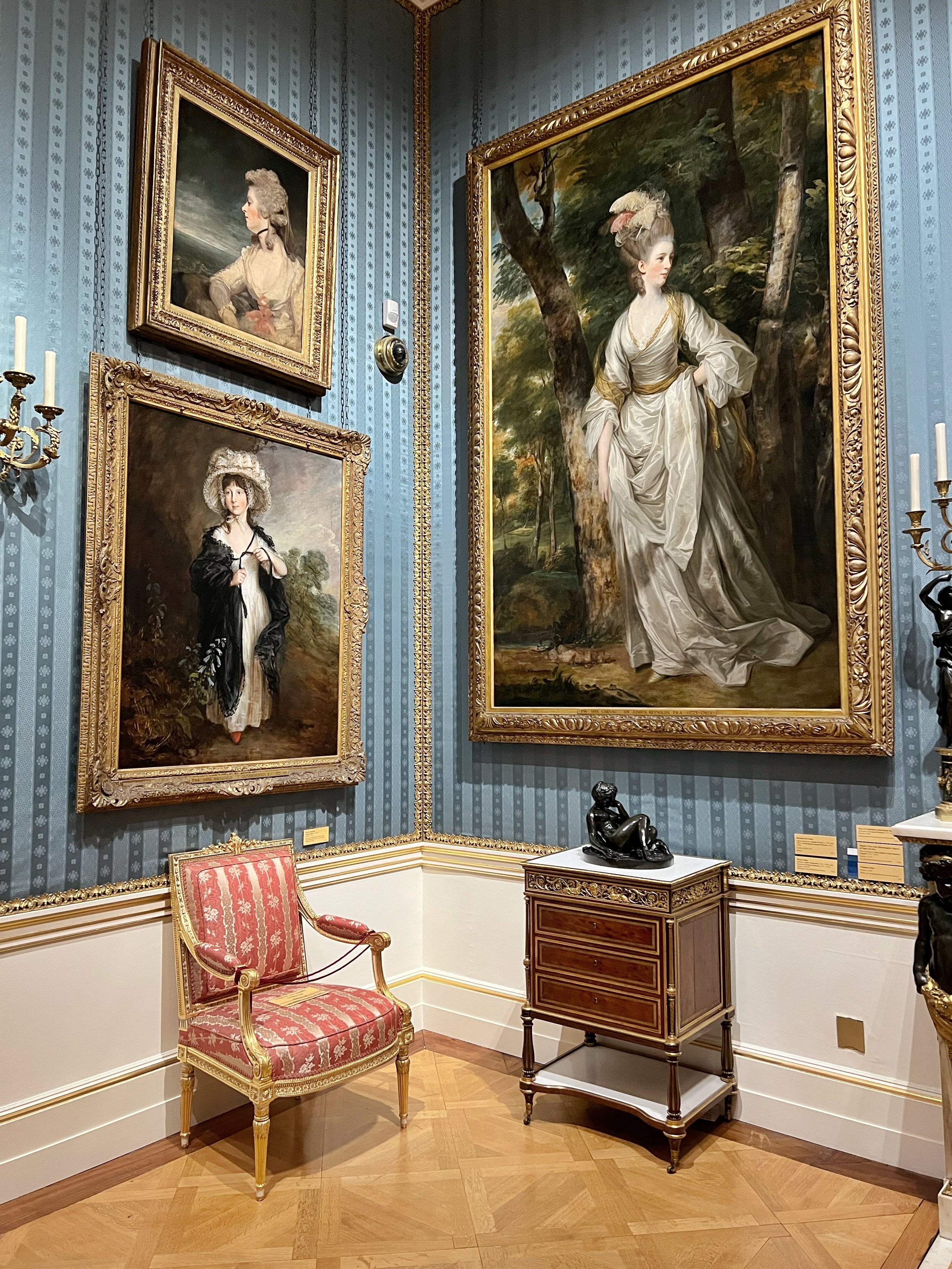
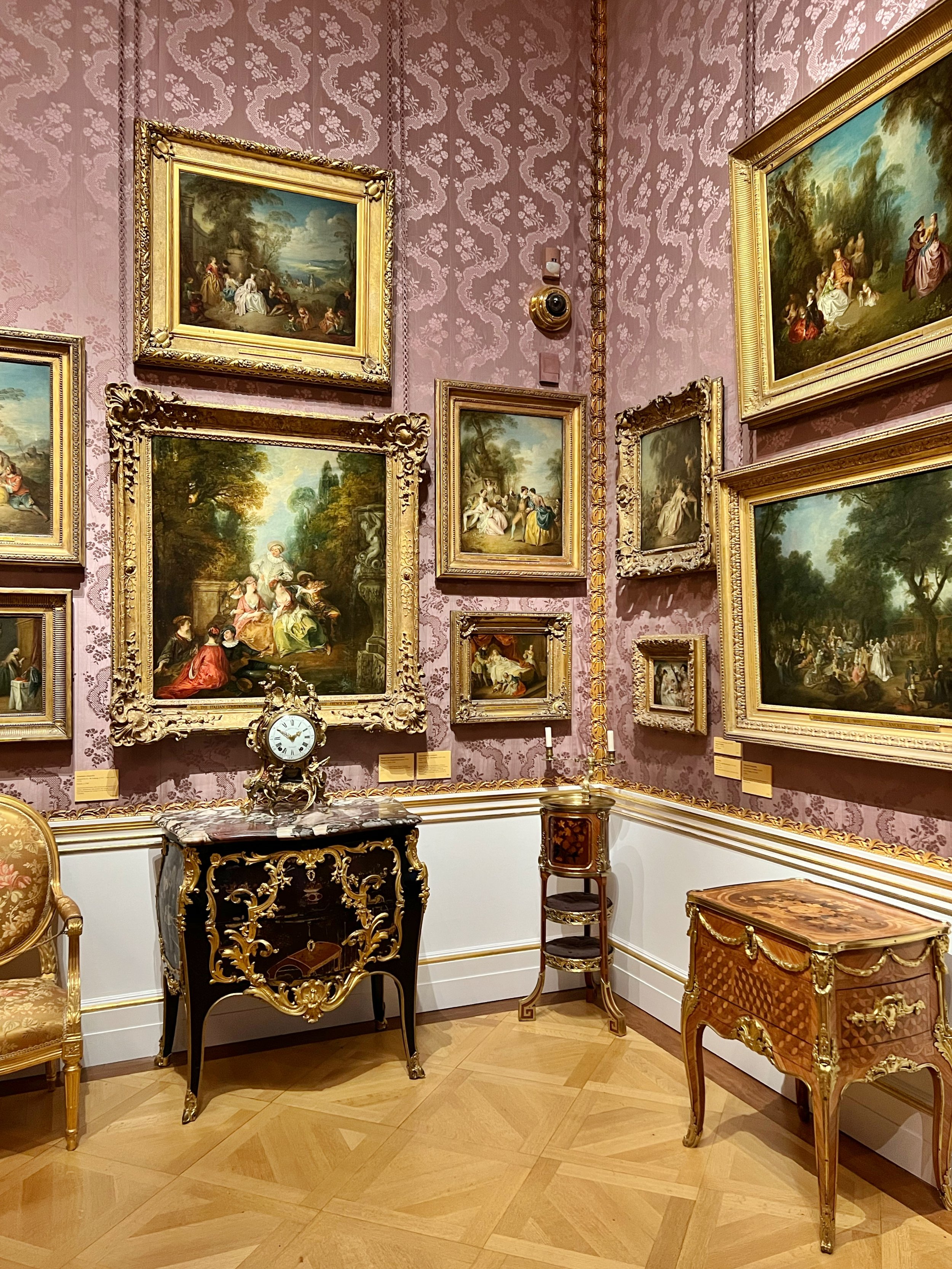


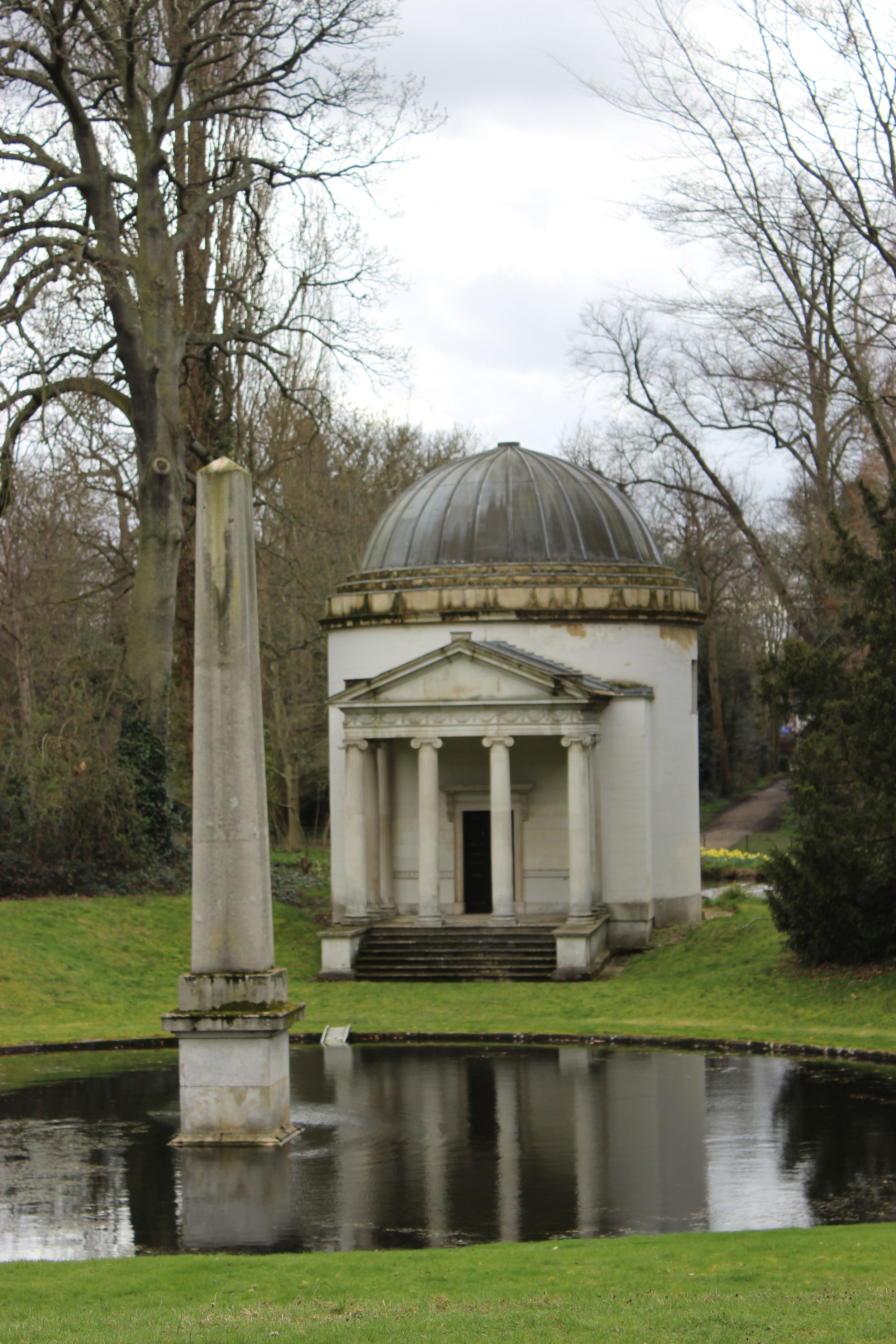
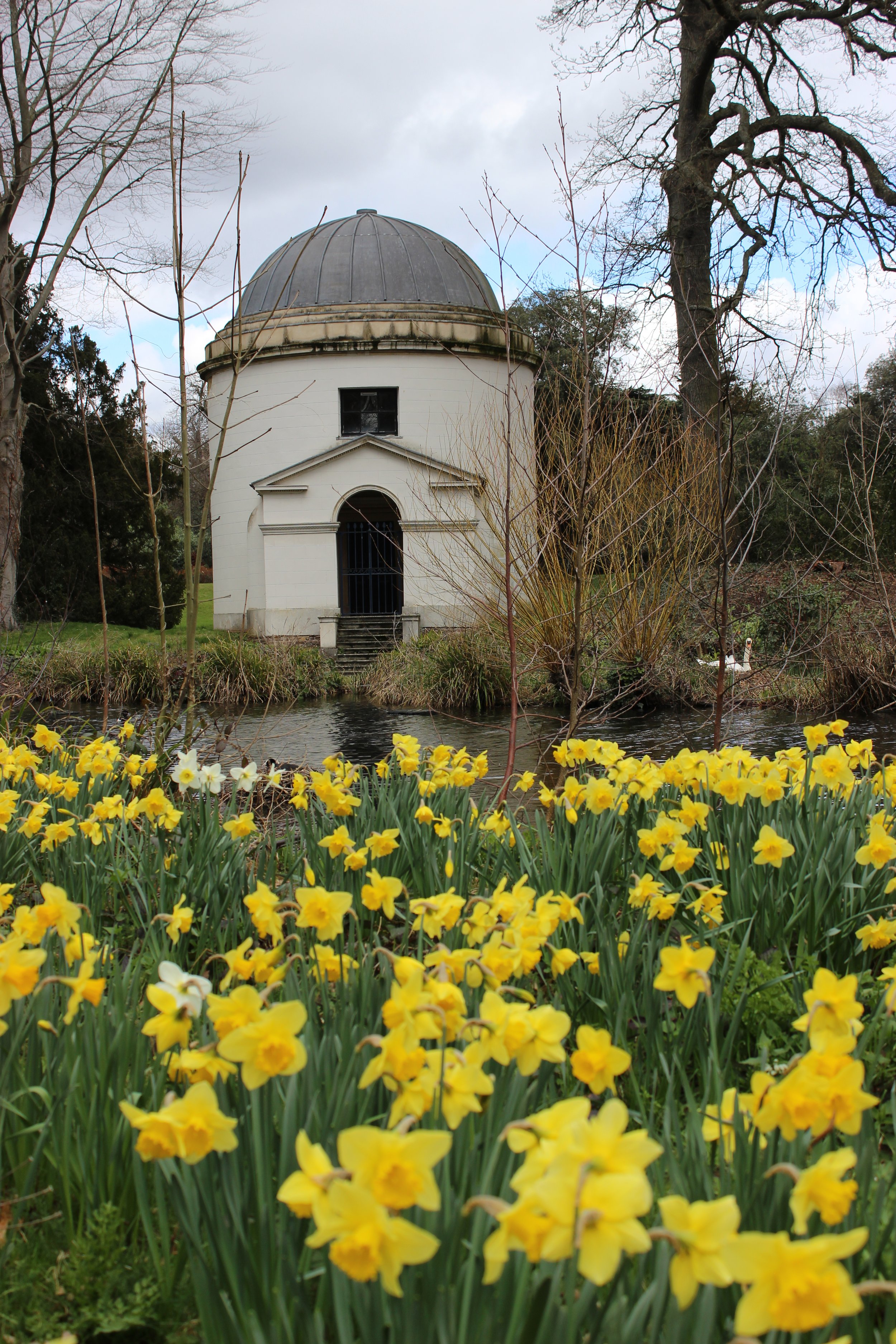


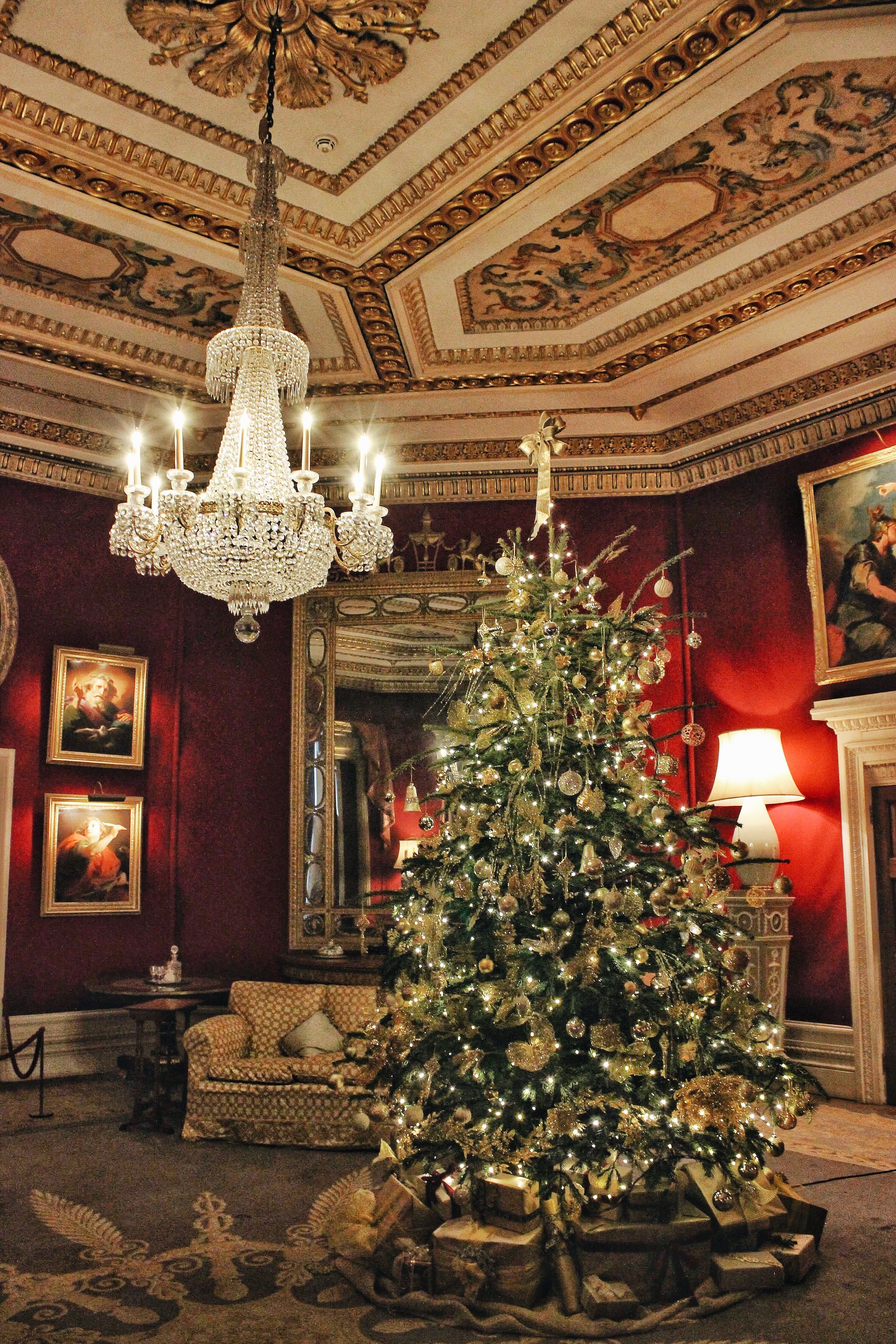
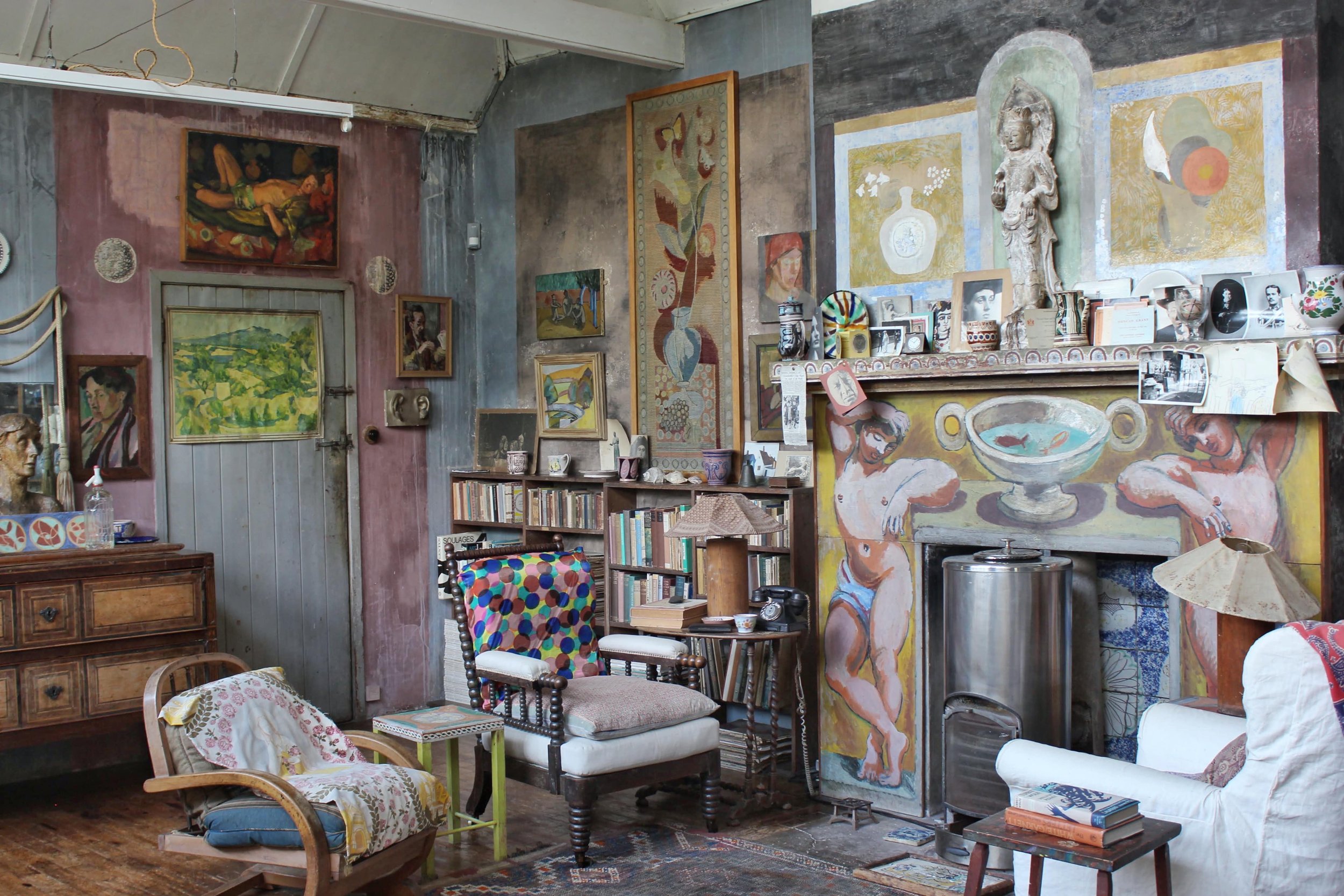
Discover the best things to do in London this Christmas without the crowds or the commercial chaos. As a London local with seven Christmases in the city, I'll share my insider tips on how to enjoy an authentic, festive experience—free from overpriced attractions and overcrowded markets. Explore quieter, more intimate ways to celebrate the holiday season and soak up the true magic of Christmas in London.